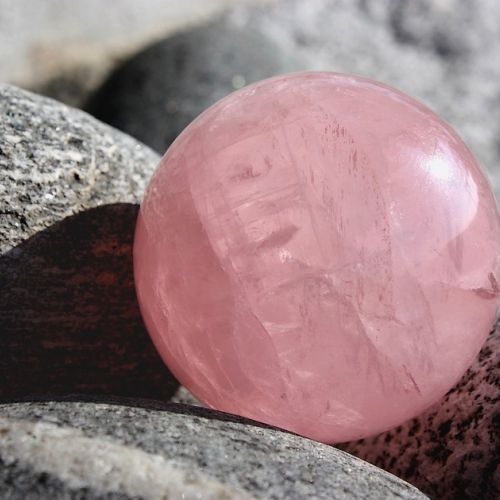Meditation: How To Use A Mala?
Pearl necklace that resembles a rosary, the Tibetan mala is often used by Buddhist monks for the recitation of mantras. If you are not familiar with this object and do not know how to use it, we will explain how you can use it during your prayers or meditation sessions.
What is a Tibetan mala?
The mala is a necklace made of beads consisting of 108 grains, plus one slightly larger grain called meru that serves as a reference point for the beginning and end of the recitation.
The most common use of this object is indeed to string the beads of the mala with one hand, repeating a mantra at each bead. When you reach the larger grain or meru, it indicates that you have repeated the mantra 108 times and completed a full cycle.
Note: In Buddhist tradition, a prayer mala is a sacred and strictly personal object. It should neither be borrowed nor given to others. The number 108 is sacred to Buddhists because there are 108 ways to name Buddha, and it is said that Siddhartha had to undergo 108 trials before attaining Enlightenment.
How to properly hold a Tibetan mala?
Westerners who use a Tibetan mala do not always know this, but this type of rosary should not be held however one pleases...
Firstly, it is important to know that Buddhist monks always count their mala beads with their left hand, even if they later wear it wrapped around their right wrist. Not all sources agree on which hand should be used to use this rosary.
What is certain is that Tibetan monks never use their index finger (considered a representation of the ego) to count the beads. The correct gesture is to use the thumb to pull each bead towards oneself. Buddhists sometimes associate this gesture with a mudra (i.e., a finger position with symbolic meaning).
Another rule to know is that your fingers should not pass over the largest bead, or meru. When you reach it, if you want to continue your recitation, you must go back in the opposite direction.
Why use a Tibetan mala?
The Tibetan mala is a tool that helps to repeat a mantra without getting distracted or interrupted by external stimuli.
This object allows to focus the mind on the recitation through the physical contact of the beads passing through the fingers of the practitioner.
And of course, the meru serves as a reference point to successfully complete the full cycle of 108 recitations of the same formula.
How to use a mala properly?
To properly use a Tibetan mala, you should start by having it blessed in a Buddhist temple before the first use, if possible.
Next, choose the mantra you wish to recite during your meditation. Mantras are sacred formulas, typically short and imbued with spiritual power. Focus on this Sanskrit formula before repeating it mentally or aloud as many times as there are beads on the necklace.
Note: when starting to recite a mantra using a mala, always complete the full cycle. Therefore, make sure to find a comfortable posture in a quiet place where you won't be disturbed before beginning the japa mala (the repetition of a mantra while counting the beads).
Adopt a position that is comfortable enough to sustain throughout the entire recitation, using a yoga block or meditation cushion if necessary. Ensure that your back is straight and your shoulders are relaxed. Take the time to find the right seat, then close your eyes.
Do not try to control your breathing while reciting the mantra. Simply focus on the formula and the sound vibrations it awakens in your body. When you reach the largest bead or meru, you have the choice to either stop or continue in the opposite direction for a new cycle of 108 recitations.
What to do at the end of the recitation?
Once you have finished the japa mala, it is best not to immediately resume your daily activities. Stay in seated meditation for a few more moments, tuning in to your sensations.
Observe how you feel after this exercise. If you have completed a full cycle, as is customary in Tibetan tradition, you will likely notice that your mind and emotions have calmed down.
Tibetans believe that reciting a mantra helps to let go of sadness, jealousy, anger, and all negative emotions that hinder the meditator from perceiving their true divine nature.
Finally, wrap your mala in a clean cloth, as this is how it should be stored when not in use or worn.




